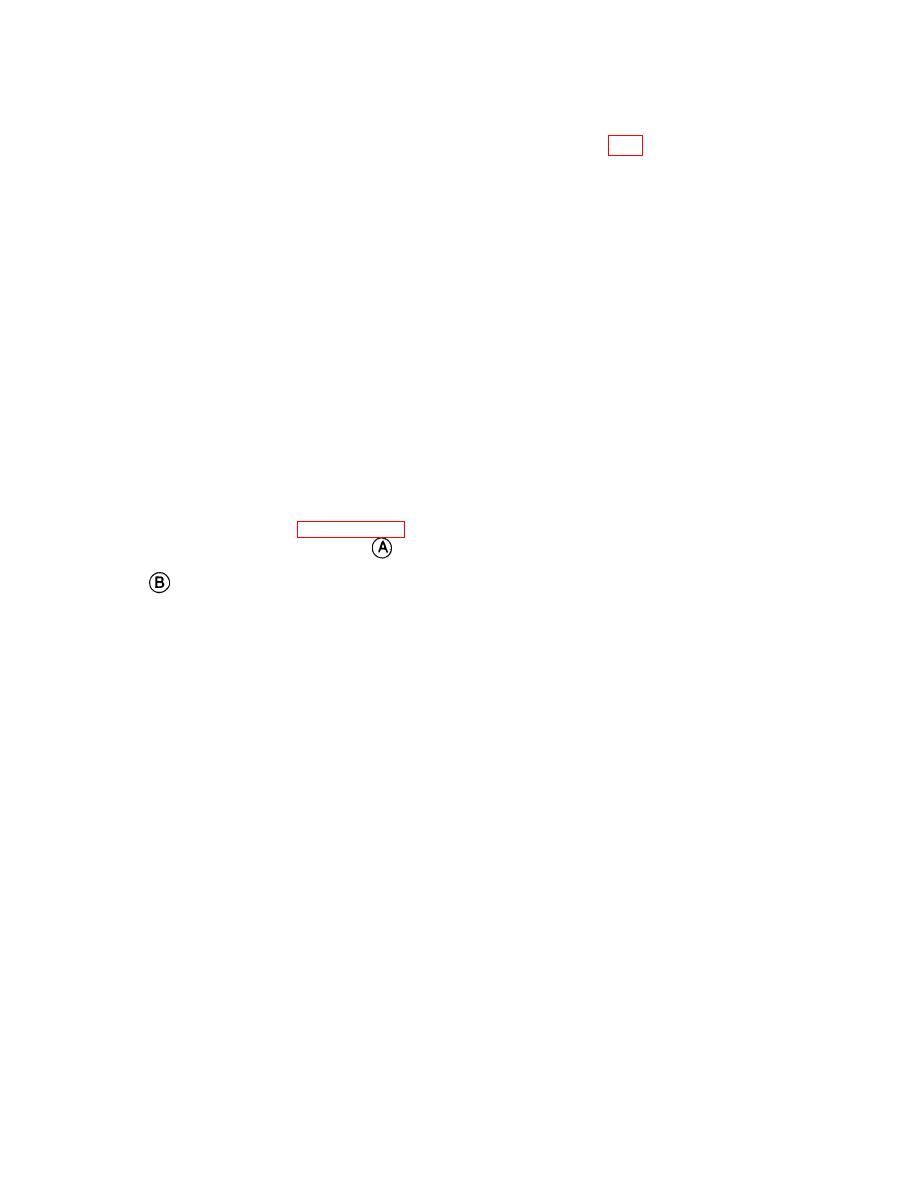 |
|||
|
|
|||
|
|
|||
| ||||||||||
|
|  TM 11-5820-670-30
1-13. RECEIVER SIGNAL FLOW.
A system block diagram showing receiver signal flow can be found on FO-1 in the back of this manual.
Refer to the foldout while reading the text in this paragraph.
In the receive mode of operation, frequency modulated rf signals from the communications antenna
are applied to reflectometer (1) and sidetone gate detector (2), in module A4500. Due to the low
level of received signal, the reflectometer and sidetone gate detector will not operate; however, these
stages will provide a path for the rf signal to flow to transmit/receive relay K4501.
In the receive mode, relays K4501 and K4502 are deenergized. When these relays are deenergized,
frequency modulated rf is applied from the sidetone gate detector to the antenna tuning and protection
circuits in module A1100 (3). The tuning circuits pass signals of the frequency to which the receiver is
tuned and reject all other frequencies. The protection circuit contains a neon lamp which is used for
attenuating high levels of rf power that may be entering the receiver from a nearby transmitter.
Low level signals leaving the antenna tuning and protection circuits enter first rf amplifier, module
A1200 (4), for amplification. The signal is then applied to second rf amplifier, module A1300 (5) for
further amplification.
Amplified rf is then applied to mixer module A1400 (6), where the signals are heterodyned (mixed)
with the output of local oscillator module A1500 (7). The local oscillator generates frequencies of
41.50 MHz through 64.45 MHz, and is kept from drifting by the crystal reference system (crs). Crs
(21) is covered in detail in paragraph 1-14. For all frequency settings on the control unit through
gearbox assembly A9700 (20) in the
band range, 30 MHz through 52.95 MHz, the local oscillator
runs exactly 11.5 MHz above the selected frequency. For all frequency settings on the control unit in
the
band range, 53 MHz through 75.95 MHz, the local oscillator runs exactly 11.5 MHz below the
selected frequency.
Mixer module A1400 (6) produces sum or difference frequencies as a result of the mixing process. All
frequencies, except 11.5 MHz intermediate frequency, are rejected by band-pass filter FL4001 (9).
In the receive mode, sum or difference frequencies entering if. attenuator module A4900 (8) from the
mixer are not attenuated. Only in homing mode of operation are the signals attenuated. The 11.5 MHz
if. from the mixer and if. attenuator is passed through band-pass filter FL4001 (9) and applied to first
and second if. amplifiers module A4100 (10) for amplification.
Amplified if. from module A4100 (10) is filtered by band-pass filter FL4002 (11) to eliminate noise
generated in the receiver and then applied, for further amplification, to third, fourth, and fifth if.
amplifiers in module A4200 (12).
1-7
|
|
Privacy Statement - Press Release - Copyright Information. - Contact Us |